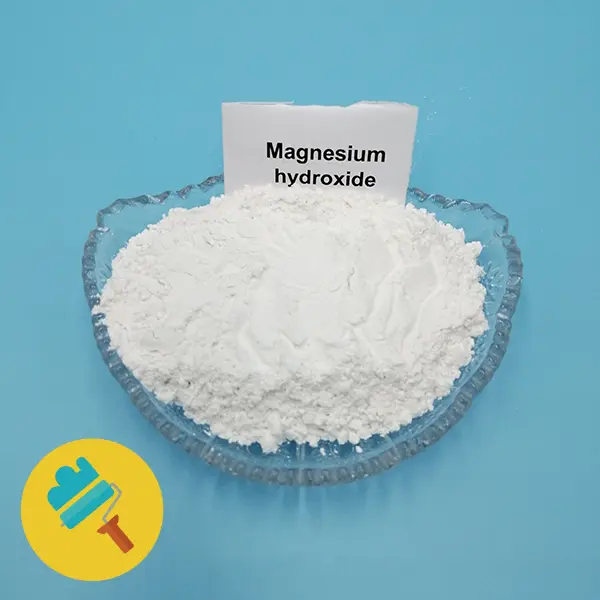Hebei Messi Biology Co., Ltd. stated that when magnesium hydroxide is prepared from brine, the F potential of the precipitated particles undergoes a process from positive to negative, and its absolute value changes from large to small and then to large. In this process, there is bound to be a secondary agglomeration phenomenon. produced, causing the particles to become larger. In order to prevent aggregation, the pH reaction of the system can effectively avoid secondary agglomeration of magnesium hydroxide particles, and the prepared magnesium hydroxide has good dispersion properties.

Drying and Calcining of Magnesium Hydroxide In order to prevent magnesium hydroxide from agglomerating during the drying process, it is finally washed three times with absolute alcohol during washing and filtration, and then dried. The decomposition water loss temperature of magnesium hydroxide is between 305 and 620e, the decomposition speed is faster in the range of 470 and 570e, and it is completely decomposed into magnesium oxide above 650e. The magnesium oxide prepared by decomposition at a lower temperature has high activity and a large hydration rate, while the magnesium oxide prepared at a higher temperature has good acid and water resistance. Magnesium easily forms magnesium oxide crystals with larger particles, so it is better to control the calcination temperature of magnesium hydroxide to about 950e.
In order to ensure that magnesium oxide has a low hydration rate, the calcined magnesium oxide should be cooled to room temperature under vacuum-sealed conditions. In order to avoid the influence of external factors, the magnesium oxide particles naturally shrink as the temperature gradually decreases to form a denser crystalline particle that can spread freely, thereby reducing its hydration rate.
